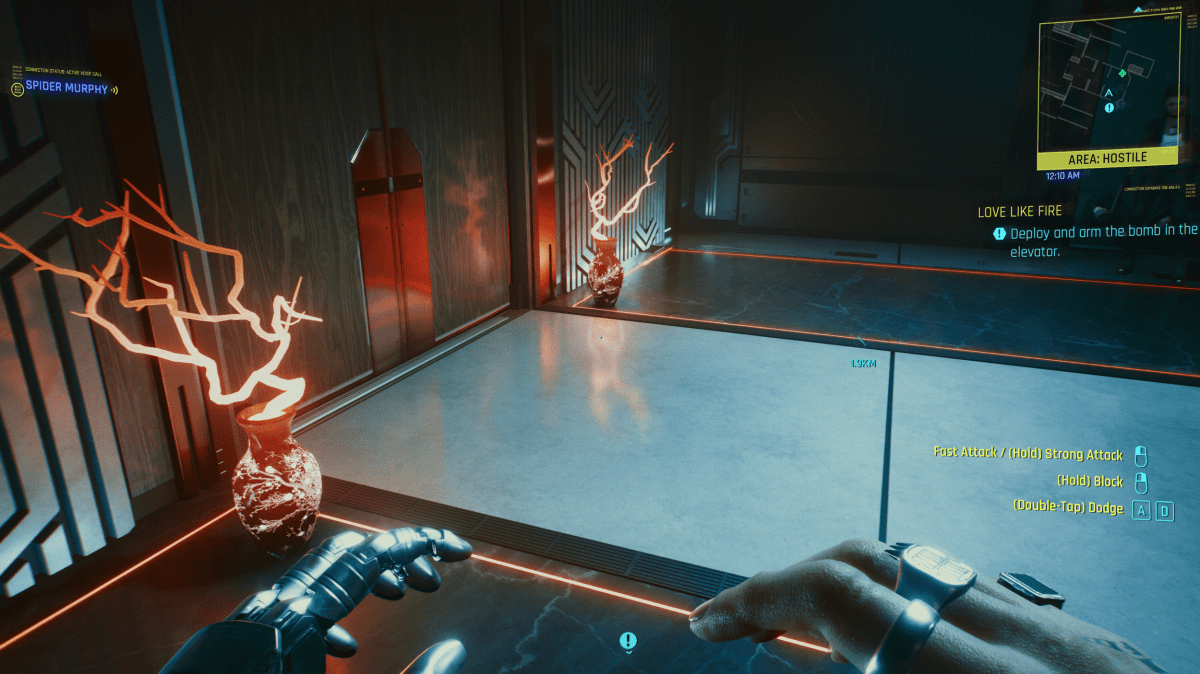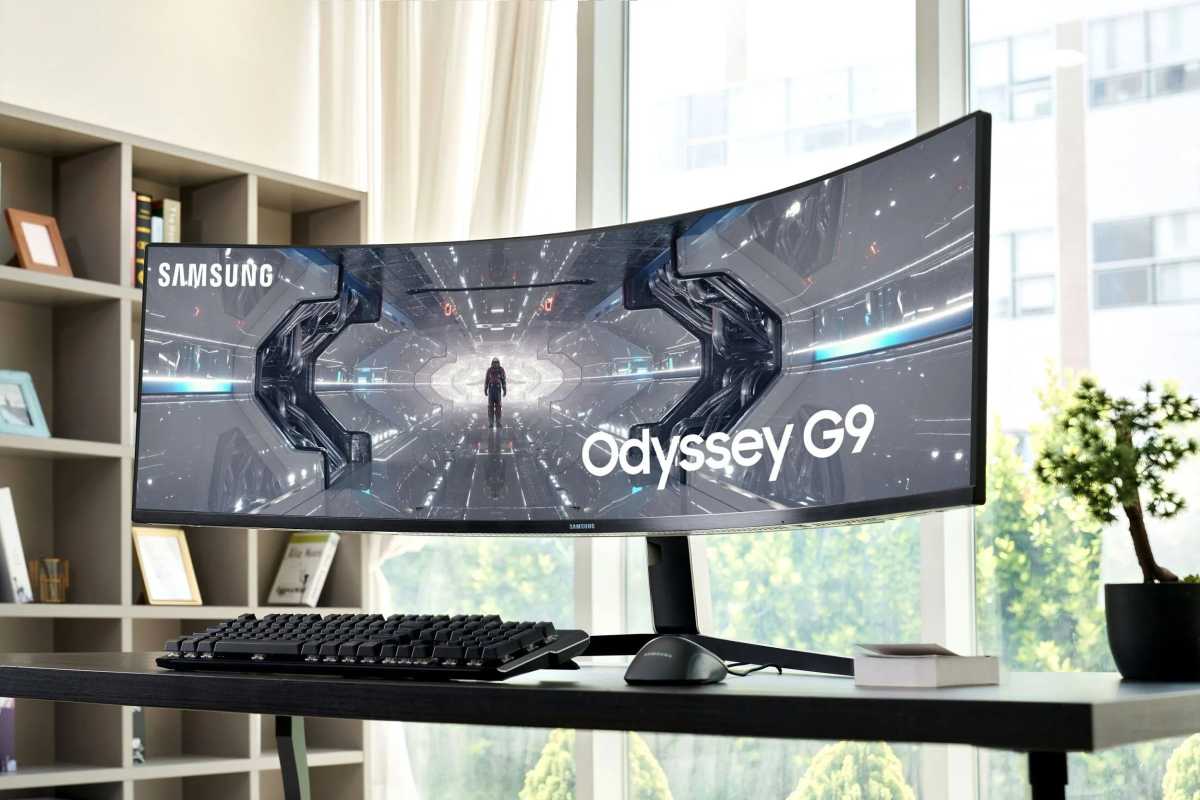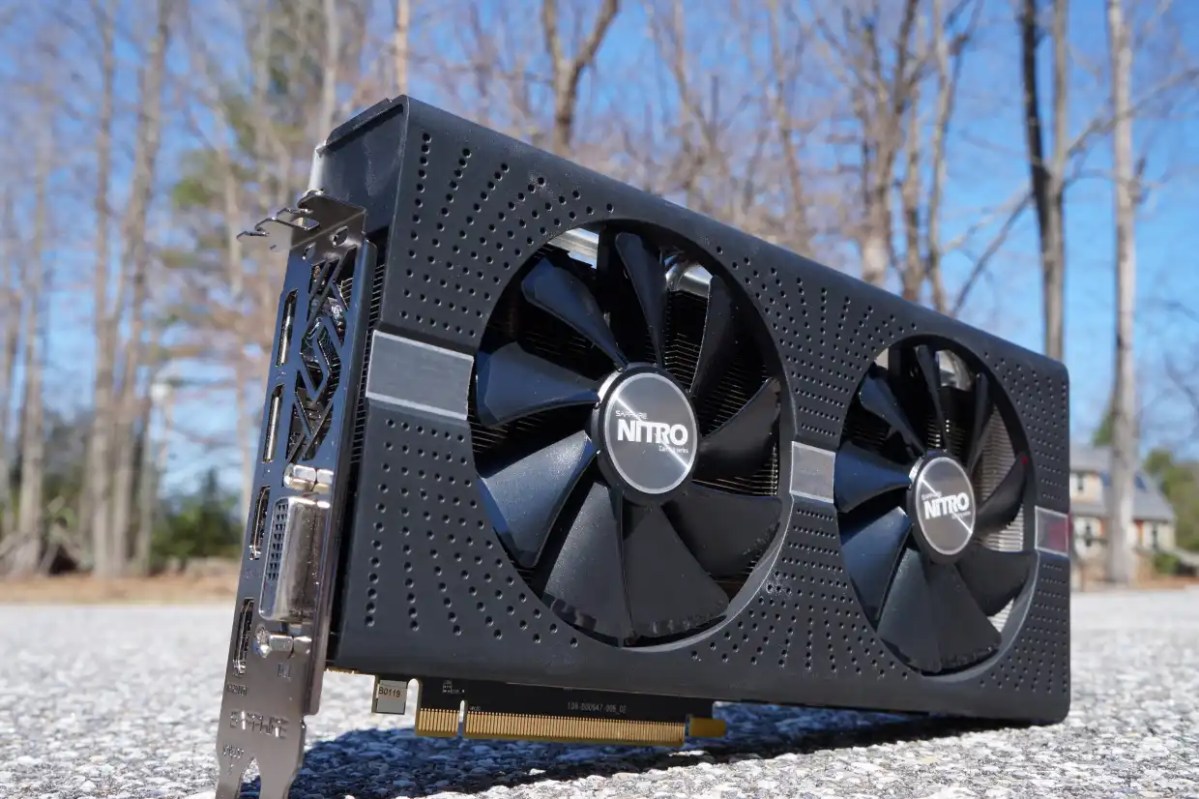
 Image: Thiago Trevisan/Foundry
Image: Thiago Trevisan/Foundry
A $2,150 premium RTX 3090 Ti slashed in price by 60 percent. Almost 40 percent off lopped off the cost of a blingy RX 6900 XT. After months of painful, sky-high prices, graphics card prices are abruptly plunging, and most dramatically on the highest-end models.
Stock is suddenly in favor of consumers, now that miners are no longer buying up all the graphics chips Nvidia and AMD produced. And looking at the final totals after these discounts, you may find yourself asking if stretching your budget could be worth it—especially if you have extra cash on hand after waiting for a reasonable price on a GPU.
It’s a question worth asking, and one we’ve discussed on The Full Nerd, our weekly show on YouTube where we discuss PC hardware. If you find yourself considering this decision, here are the other hard questions you should next ask yourself. How you answer will determine if you should keep to your original budget, stretch to buy one of these insane deals, or wait for the next generation of cards.
How long will you keep the graphics card?

Nvidia
Nvidia
Nvidia
If you replace your graphics card more often, your strategy will be different than someone who tends to buy and hold for as long as possible.
For example, if you’re someone who likes to replaces your card every couple of years, and you’re now four or five years into ownership of your current GPU, you may be feeling long past due for an upgrade now that prices are normal. Since you’ll replace the card within a couple of years, waiting longer may not sit right, even given the age of the current generation of GPUs.
the best 1080p gaming value
Radeon RX 6600 Swft 210
 Read our reviewPrice When Reviewed:$329.99Best Prices Today:$199.99 at Amazon | $229.99 at Newegg
Read our reviewPrice When Reviewed:$329.99Best Prices Today:$199.99 at Amazon | $229.99 at Newegg
On the flip side, if you tend to hold onto your graphics cards until death do you part, waiting another half year for the rumored launches of Nvidia’s RTX 40-series and AMD’s RDNA3 Radeon cards Radeon cards is the more fitting decision. Holding out for the latest tech will help extend the life of your purchase.
Find yourself on the fence? How you answer the other questions will help you better clarify where you fall.
How important are next-gen features?

Keith May/IDG
Keith May/IDG
Keith May/IDG
In the current generation of cards, AMD is a step behind Nvidia in support for ray-tracing. FidelityFX Super Resolution (FSR), its upscaling tech for improving frame rates, also still trails Nvidia’s Deep Learning Super Sampling (DLSS) tech. Depending on the games you play and monitor you have, having these features may be key to your enjoyment of the card.
The answers to the other questions in this article can better shape the path to take. Maybe a current-gen higher-end card is ideal—the graphics card you have is on its last legs or is performing too weakly for your taste, and the feature set of the RTX 30-series or RX 6000-series is more than adequate for your timeline.
the best 4k gpu
GeForce RTX 3080

 Read our reviewPrice When Reviewed:$699Best Prices Today:$800 at Newegg | $864.22 at Walmart | $911.84 at Amazon
Read our reviewPrice When Reviewed:$699Best Prices Today:$800 at Newegg | $864.22 at Walmart | $911.84 at Amazon
Or perhaps waiting to see what comes out next is the right choice. You want to make the most of a fancy new monitor you just got, or you’re gambling despite the trend of ever-increasing MSRPs, you can buy a cheaper class of next-gen GPU and still get improved performance and features.
Even if you don’t plan to play games on this card, features like NVENC, Nvidia’s encoder, does advance as newer architecture generations release. The newer cards can also support unexpected and extremely helpful new features, like when Nvidia released RTX Voice and its background-noise eliminating tech at the start of the pandemic. At its launch, that feature was limited to then-current-gen 20-series cards and the tensor chips only found in those RTX cards. GTX cards didn’t get support until a year later.
What games do you like to play?

Thiago Trevisan/IDG
Thiago Trevisan/IDG
Thiago Trevisan/IDG
Play nothing but AAA titles the second they drop? Or do you focus on less taxing indie games?
The kind of games you play also should factor into your purchase decision, even if your titles of choice are the freebies you’ve collected through the Epic Games Store. Whether they punish the hardware, go easy, or somewhere in between, your usual taste will influence how much hardware you’ll reasonably need. No point in a cutting-edge version of ray-tracing or the ability to pump out high frame rates in today’s AAA titles if your games don’t require much firepower.
So figure out the napkin math on the kind of hardware best suited for your habits. After, you’ll be able to make calls like, “I wouldn’t normally go for a 6900 XT, but if a good model dips below $600, I’d rather scoop that up now and hang onto it for a few years instead of waiting for prices to come down on the next-gen cards. Otherwise, I’ll hold out.”
What’s your monitor capable of?

Samsung
Samsung
Samsung
As fun as it is to own hardware that puts the pedal to the metal, sometimes you can’t justify owning it. For example: You own a 1080p monitor with a fixed refresh rate of 60Hz, aren’t planning to upgrade it, and will only ever game on the PC. Sure, casually mentioning you picked up a 3090 Ti for just a bit over $1,000 is a great bomb to drop in a conversation, but it shouldn’t be the main win of such a deal.
So put another way: What are the resolution and refresh rate you normally play at? And if you’re pushing a lot of pixels or playing at high frame rates, how important is it you maintain that level of performance?
Those answers plus the kind of games you normally play will determine how powerful your graphics card should be and how long you’ll be able to hang onto it. If you play a game with relatively chill system requirements, but load it on a super ultrawide monitor (i.e., Samsung Odyssey G9) while cranking up its graphics settings to max, you may end up needing a brawnier graphics card than you might first think. Similarly, if you always need to hit at least 144 fps in the latest AAA games, you’ll be replacing your card more often.
What’s your budget?

Pixabay
Pixabay
Pixabay
This one’s the final reality check. If you only planned to spend $250 on a new graphics card, a reasonable stretch is more like $350 for everything except the Radeon RX 6600. (Good news is, we’ve been seeing discounts on the RTX 3060 Ti and RX 6600 XT, too—just not as steep as on the flagship cards.)
But if you were already targeting RX 3070 Ti or RX 6800, stepping up to an 6900 XT at $670 is far more logical. And it can actually be a tempting proposition, given those cards aren’t straying far from MSRP at the moment.
Even if you were more in 6700 XT territory, the answers you give to the other questions in this article could actually identify you as a good candidate for shelling out extra for an upgrade to the 6900 XT.
Bonus question: Used or new?
The tides have turned on pricing because Nvidia and AMD committed to big foundry orders for their graphics chips, but miners are no longer buying GPUs with as much fervor. In fact, they’re trying to get rid of their own cards.
Which sparks another interesting question: If you’re looking to really get the most bang for your buck, do you opt for a used graphics card, or do you wait in hope these fire-sale prices continue?
The odds are good on the latter. The last time we really saw intense stock liquidation was after the launch of the GTX 10-series. Toward the end of the 9-series’ lifespan, you could snag GTX 970 cards for around $150, if memory serves correctly. Truly insane prices—I remember commenting on it to PCWorld’s resident GPU guru Brad Chacos at the time.

Brad Chacos / IDG
Brad Chacos / IDG
Brad Chacos / IDG
Neither AMD or Nvidia want to hang onto their remaining stock of RX 6000-series or 30-series cards, respectively, before the rumored launches of their next-gen cards this fall. So the odds are good that current-gen GPUs will continue to get hefty discounts, and across the stack. (Incidentally, budget buyers: You might want to avoid the RX 6500 XT, even if it gets crazy cuts.)
But no matter the cost of a new card, you can be sure a used card will always undercut it. And with miners looking to offload much of their card inventory, that means plenty potentially cheap (if riskier) options for upgrading your PC.
So which way you should go? That one’s a long running debate among our staff, with each of us holding very spicy personal takes. To help you decide the question for yourself, have a look at our list of 6 things to consider before buying a used GPU right now. Dig into our overview of who should buy a used GPU, too.
But remember—a new card comes backed with a warranty. Depending on your circumstances, that can be worth the cost differential. (Can you guess what part of my take on this question is?)
Author: Alaina Yee, Senior Editor

Alaina Yee is PCWorld’s resident bargain hunter—when she’s not covering software, PC building, and more, she’s scouring for the best tech deals. Previously her work has appeared in PC Gamer, IGN, Maximum PC, and Official Xbox Magazine. You can find her on Twitter at @morphingball.
Recent stories by Alaina Yee:
How much RAM do you need in a laptop? Here’s how to figure it outApple’s unfixable CPU exploit: 3 practical security takeawaysDang it, Cooler Master’s iconic NR200 case is being retired




